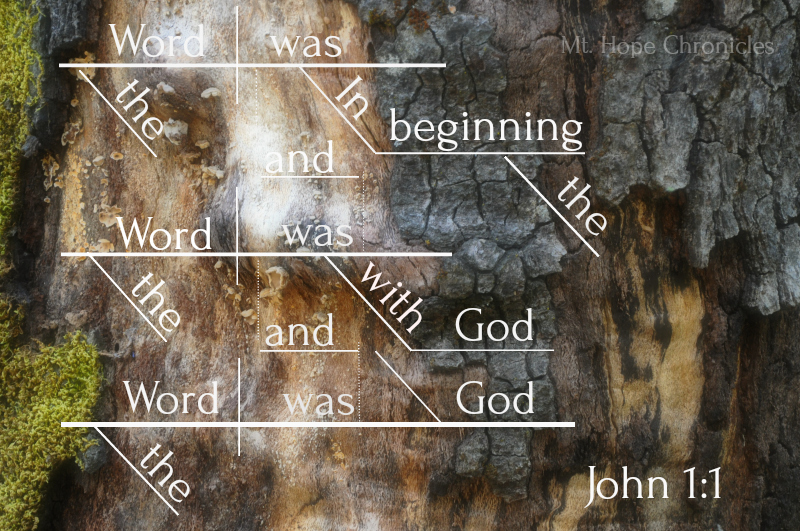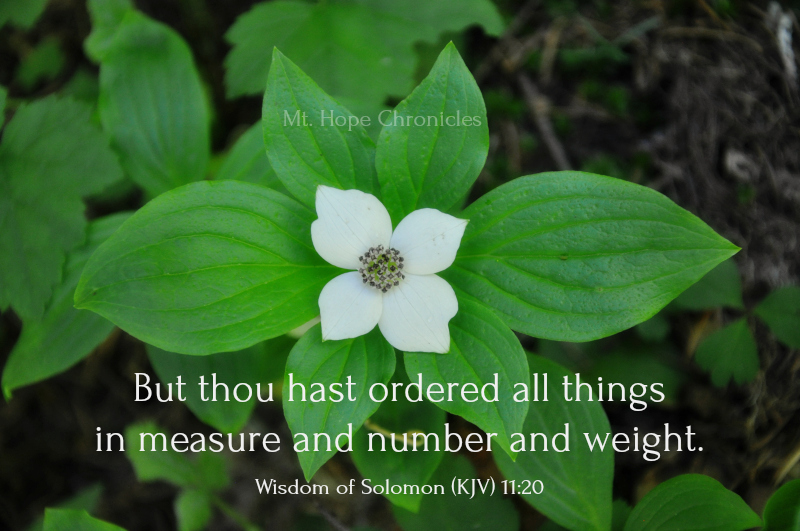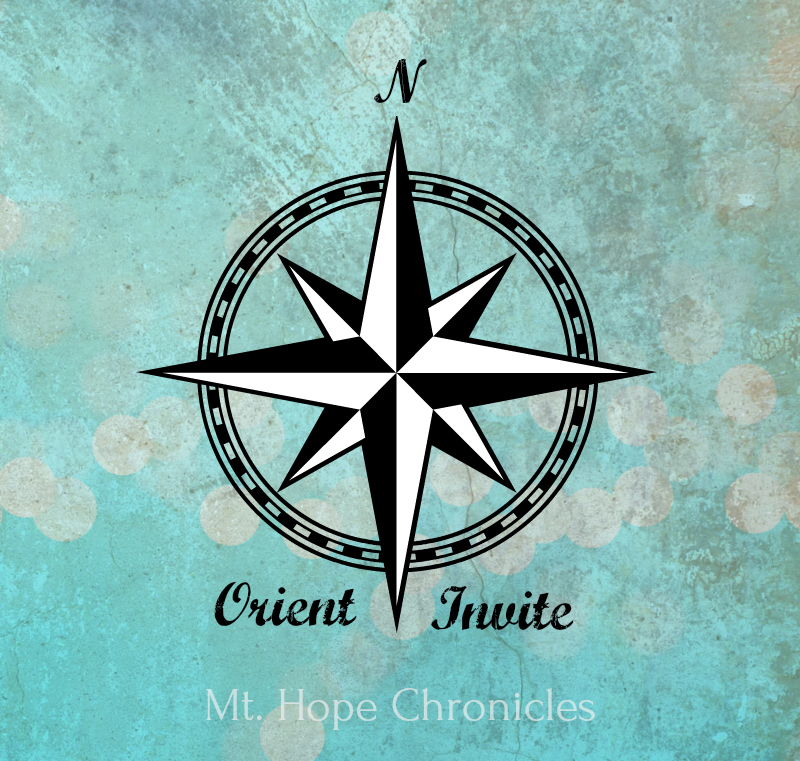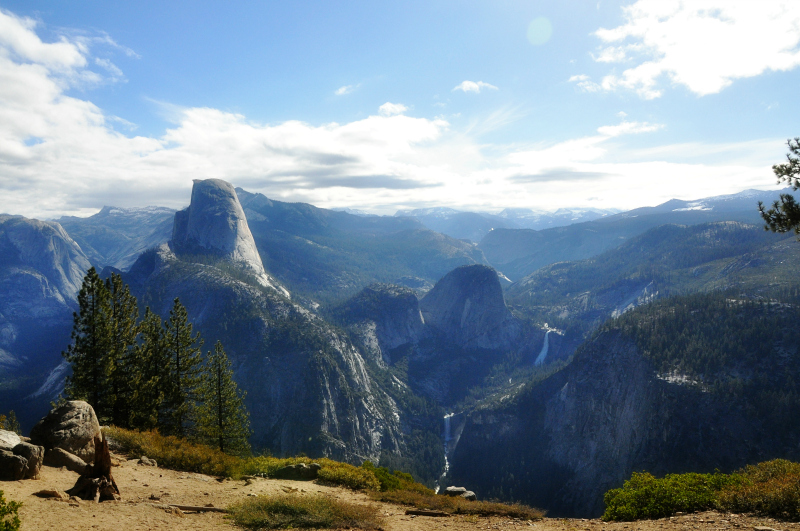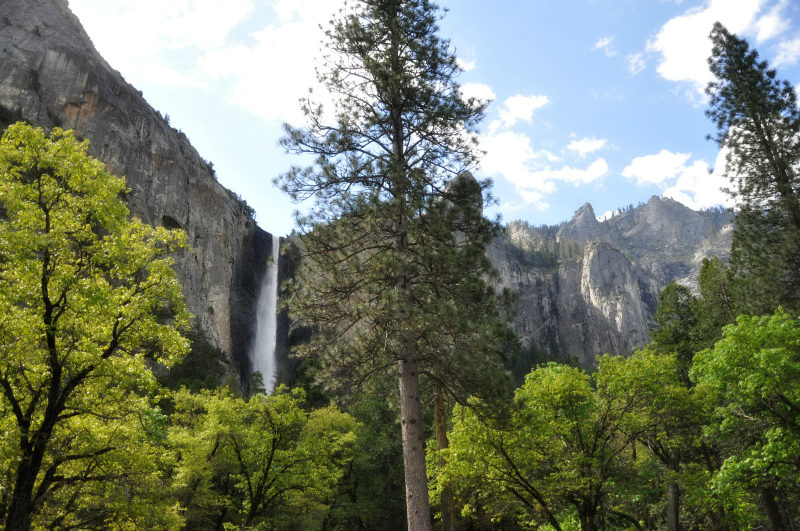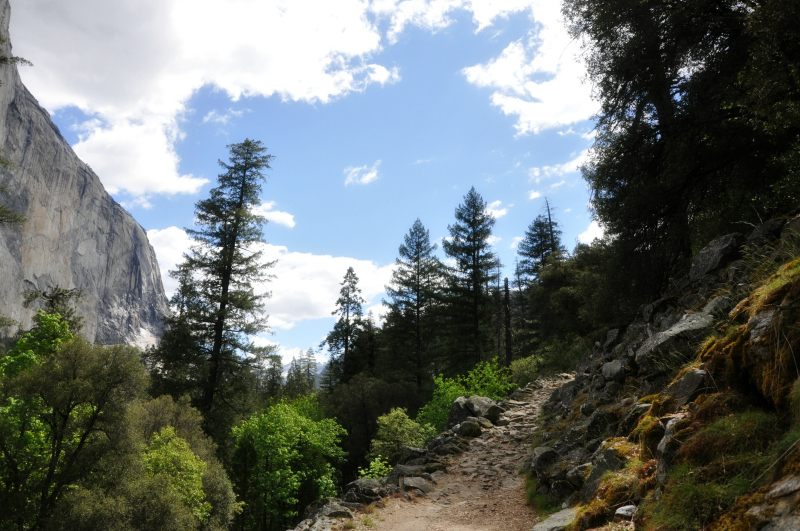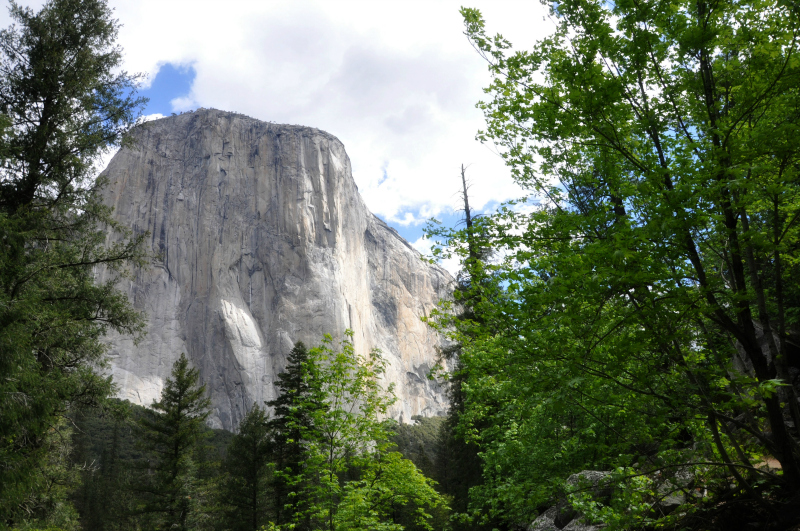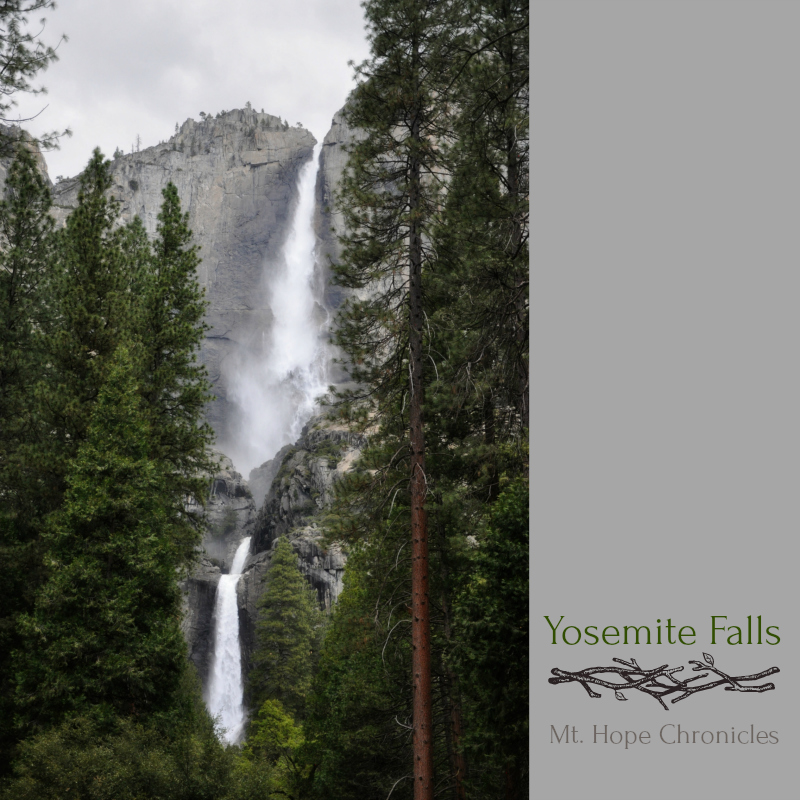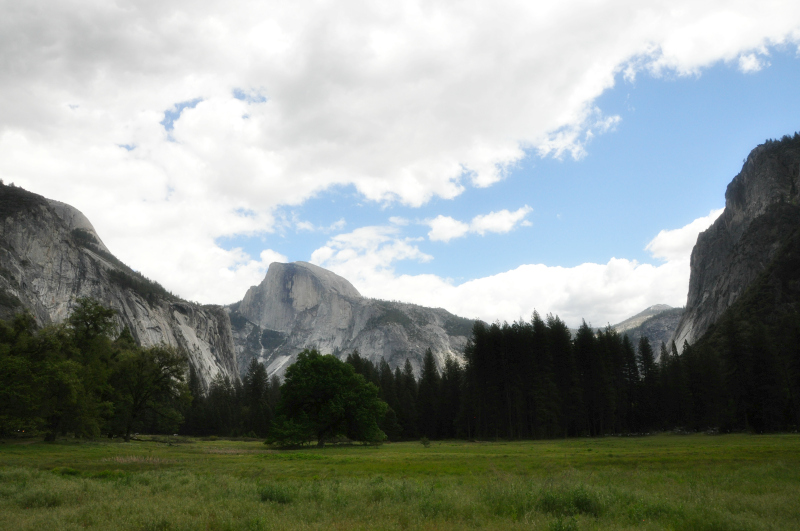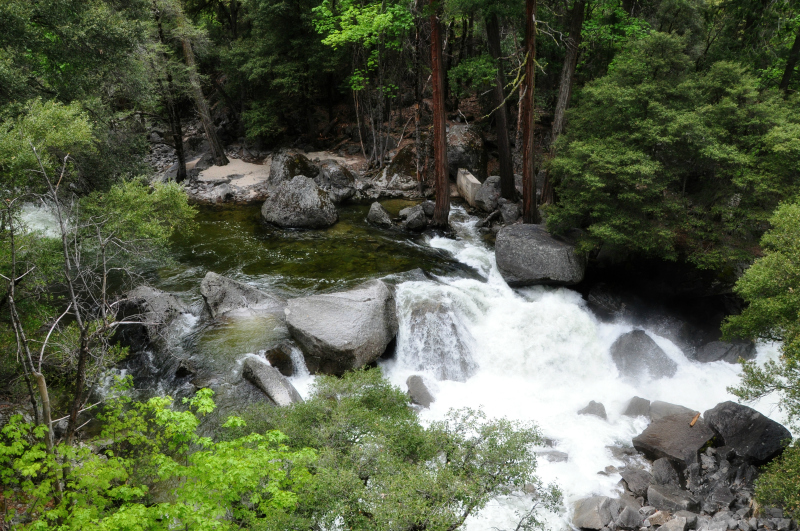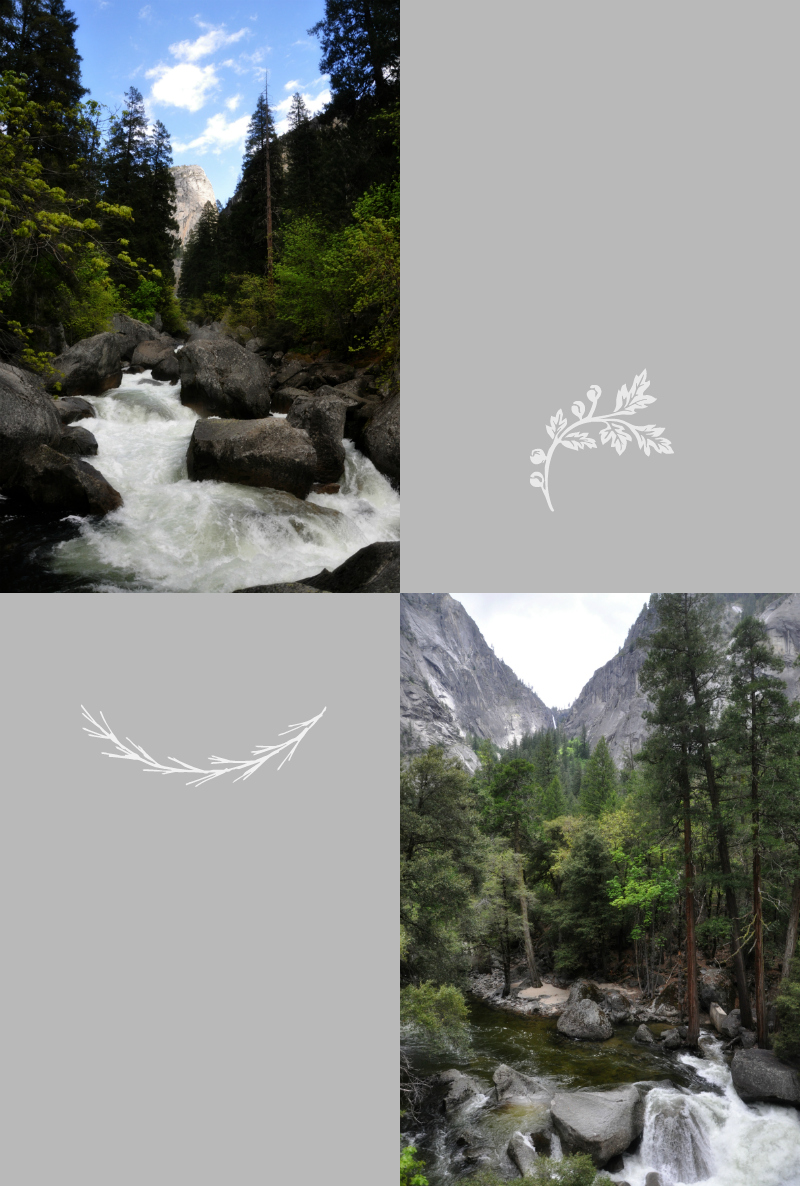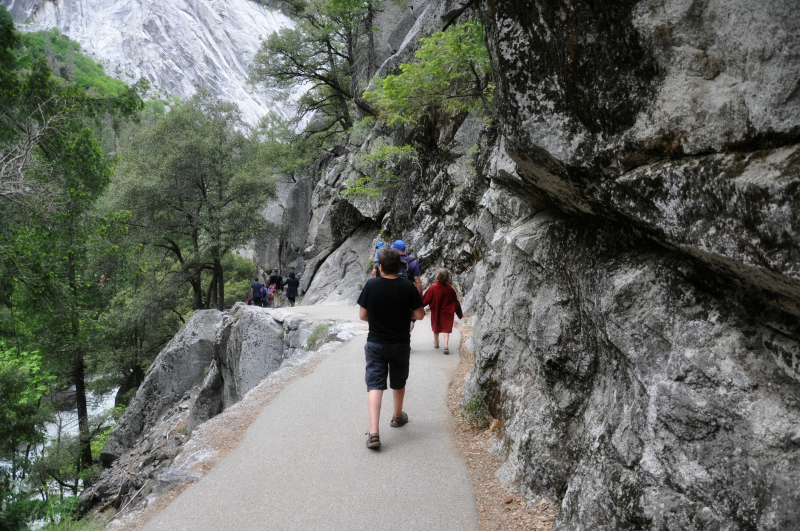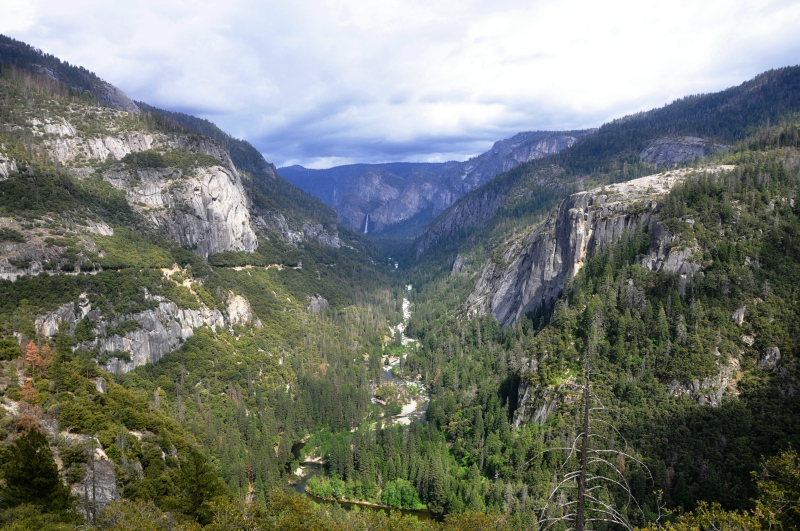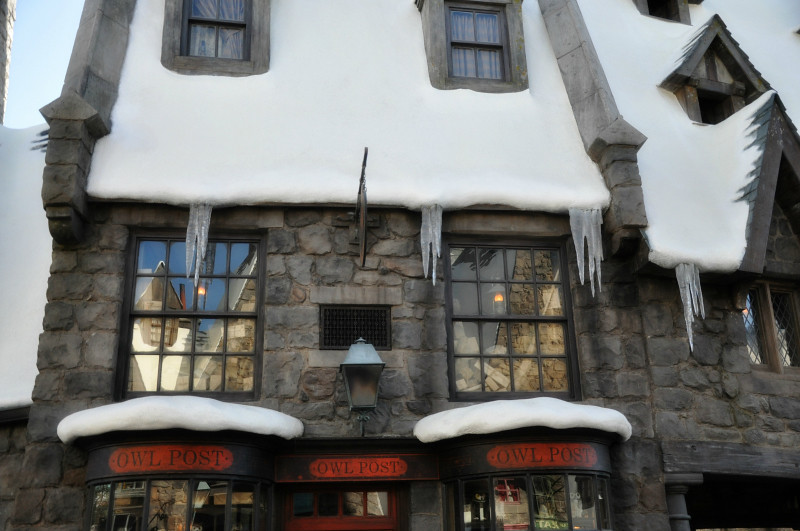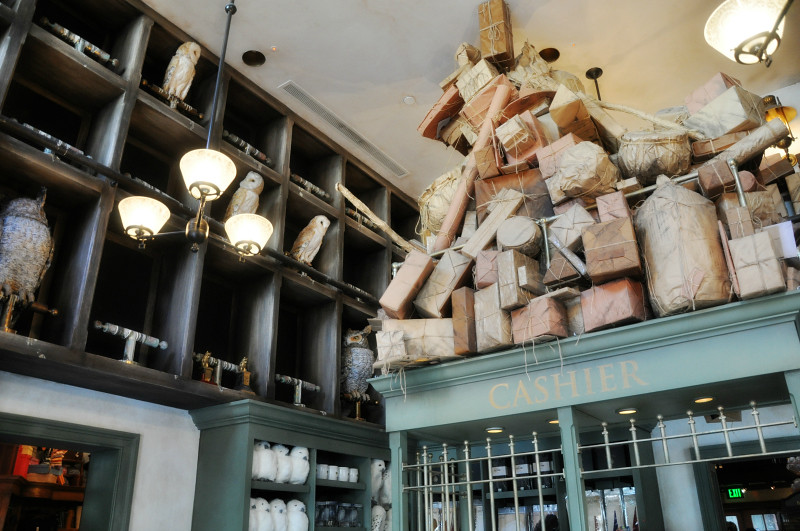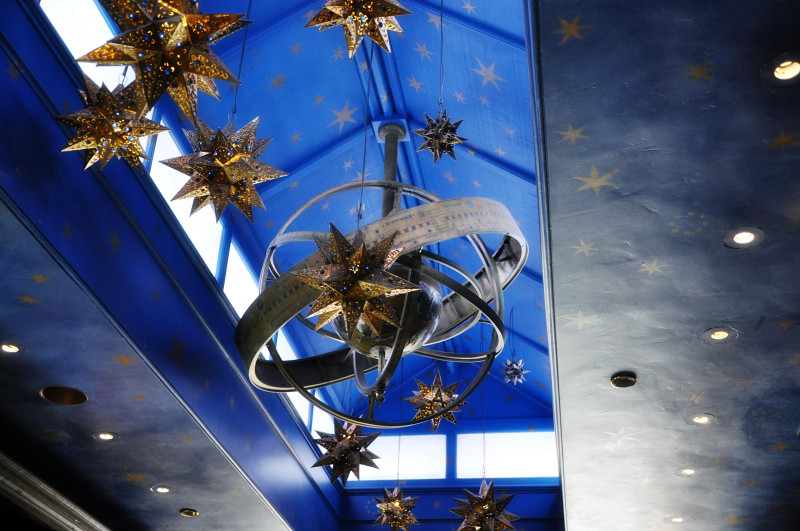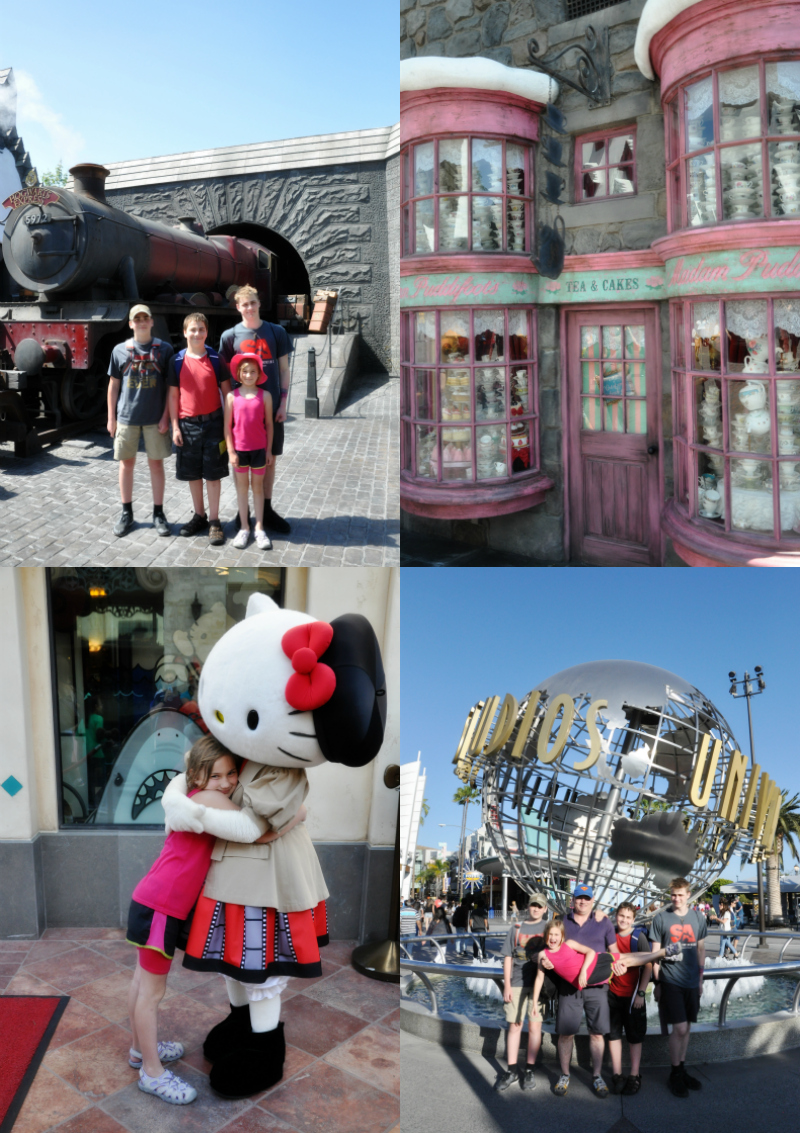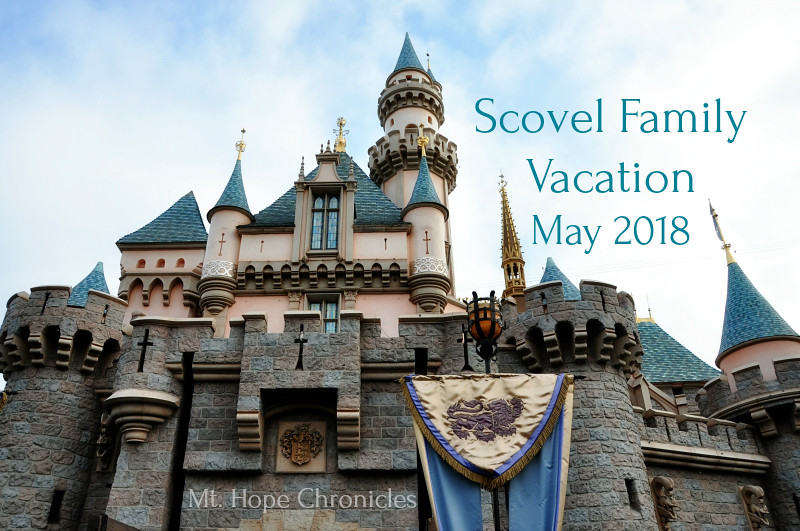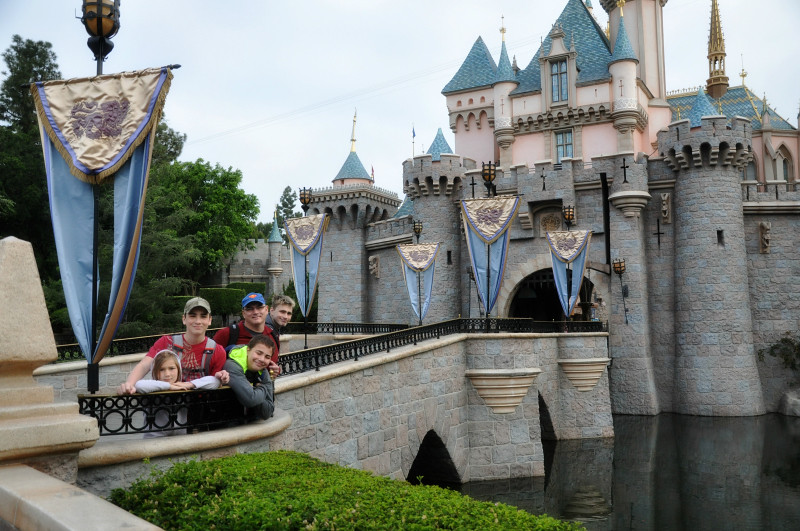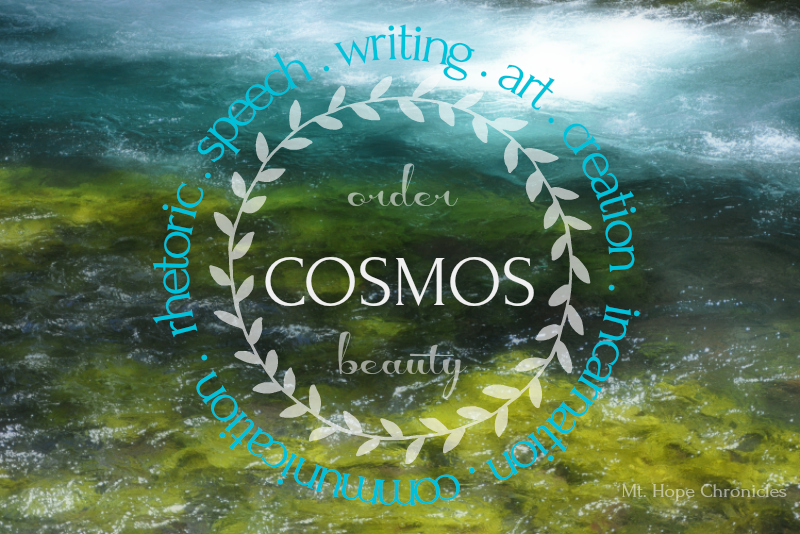
Previous posts in this series:
.
“[S]ome artists look at the world around them and see chaos, and instead of discovering cosmos, they reproduce chaos, on canvas, in music, in words. As far as I can see, the reproduction of chaos is neither art, nor is it Christian.”
[Madeleine L’Engle, Walking on Water]
.
The art, the cosmos, of writing—this is where language (the 2018 Classical Conversations Practicum theme), rhetoric (the third art of the trivium), and community (the third “C” of “Classical Christian Community”) all come together.
Rhetoric (speaking, writing, creating, communicating) is incarnational, an embodied idea.
“[T]o paint a picture or to write a story or to compose a song is an incarnational activity.” [Madeleine L’Engle, Walking on Water]
“What’s the point of ideas if those ideas are never made flesh?” [N.D. Wilson, The Rhetoric Companion]
“Rhetoric is a productive art, the principled process of making a product.” [Scott Crider]
Rhetoric is an art of the trivium.
Grammar, Dialectic, RHETORIC
Memory, Thought, SPEECH
Naming, Contemplating, CREATING
Finding, Collecting, COMMUNICATING
Knowledge, Understanding, WISDOM
What, Why, WHETHER
We participate in the Imago Dei through these human activities.
Rhetoric is an art we practice in community with others.
“Rhetoric is “the care of words and things”; that care is associative, a practice one learns—and never stops learning—in the presence of others, the ones you lead and are led by.” [Scott Crider]
.
How does the art of rhetoric apply to the writing component (IEW) of Essentials? And how does it create a bridge to the Challenge program?
The Art of Rhetoric
- Invention (What)
- Arrangement (In What Order)
- Elocution (How)
- Memory
- Delivery
Institute for Excellence in Writing “IEW” (Essentials)
- Source Texts/KWO (What)
- ‘Structure’ (In What Order)
- ‘Style’ (How)
- _______
- Reading Papers Aloud
Lost Tools of Writing “LTW” (Challenge)
- 5 Common Topics (What)
- Persuasive Essay (In What Order)
- Schemes and Tropes (How)
- _______
- Presenting Papers
** IEW prepares students for Challenge by introducing them to structure and style. Challenge students move on to LTW, but they will use their IEW research essay skills for their many science papers in Challenge A and B as well as the story sequence skills for their short story in Challenge B.
Essentials Writing (IEW)
Order:
PARAGRAPH
Essay/Report
Intro
Topics
ConclusionStory
Setting, Characters
Conflict, Plot
Climax, Resolution(Grammar concerns itself with the form of sentences, and we put those sentences together in writing to create the form of paragraphs, which then form essays and stories.)
Beauty:
Vocabulary
Dress-Ups
Decorations
Order + Beauty = COSMOS!
Writing Quotes
“In art, the Trinity is expressed in the Creative Idea, the Creative Energy, and the Creative Power—the first imagining of the work, then the making incarnate of the work, and third the meaning of the work…” [Madeleine L’Engle in the Introduction to Dorothy Sayer’s The Mind of the Maker, which compares the making of art (particularly writing) to the Trinity in metaphorical terms. The Trinity being Book-as-Thought (Father), Book-as-Written (Incarnate Son), and Book-as-Read (Holy Spirit). Dorothy Sayers is the author of the essay ‘The Lost Tools of Learning.’]
“The pen indeed is mightier than the sword, for it is in written word that we do most powerfully preserve that which is noble and expose that which is evil. And so in great part, the very future of society rests with those who can write, and write well.” [Andrew Pudewa of IEW]
“The discovered matter has to be shaped, given form. Organization gives form to the argumentative matter, providing a beginning, a middle, and an end to the small universe of the essay. The ordered substance must them be communicated through the medium of style, the words and sentences that carry the reader through that small universe.” [Scott Crider, The Office of Assertion] [Invention, Arrangement (structure), Elocution (style). Form! Order and Beauty! Universe = Cosmos]
“The study of rhetoric educates one in a particular liberty, the “liberty to handle the world, to remake it, if only a little, and to hand it to others in a shape which may influence their actions.” Through this “office of assertion,” the writer is a leader of souls… Rhetoric is “the art of soul-leading by means of words.” …Rhetoric is “the care of words and things”; that care is associative, a practice one learns—and never stops learning—in the presence of others, the ones you lead and are led by. Such soul-leading is a liberal power, one which in its finest and fullest manifestation is a form of love: the finest rhetorician not only loves wisdom, but also loves others who do so. The finest rhetor, then is a friend… The purpose… is to teach… how to live within such a community with words so full of care that they release the light of brilliance.” [Scott Crider] [Rhetoric! Words! Community! Loving thy neighbor!]
“Variety pleases. And a pleased reader is more attentive to an argument than a bored one, more likely convinced that the time spent inside the cosmos of your essay will be worth the time… A writer who fulfills his or her obligation to please the reader with variety persuades the reader that the reading is time well spend making the sun run.” [Scott Crider] [Beauty! Loving thy neighbor!]
“Play with words. Juggle them. Write them down. Roll in them. Bake them into cookies. Quote them. Remember them. And such richness in the vocabulary of discourse does accumulate.” [Wilson, The Rhetoric Companion]
Why Liberal Arts?
“All liberal arts, in both the sciences and the humanities, are animated by the fundamental human desire to know, the fulfillment of which is a good, even if it provides no economic or political benefit whatsoever. An education for economic productivity and political utility alone is an education for slaves, but an education for finding, collecting, and communicating reality is an education for free people, people free to know what is so.” [Scott Crider] [The Trivium is for people who are free to know truth!]

